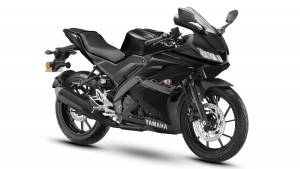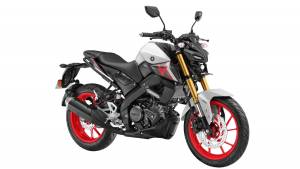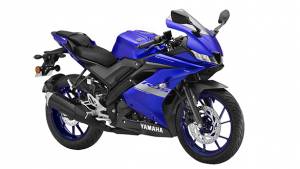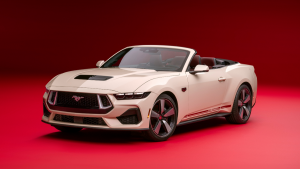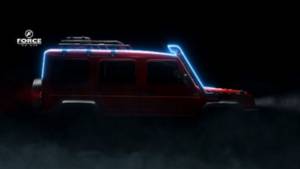How to properly use and preserve your two-wheeler
There used to be a time not so long ago when owning a vehicle largely meant driving it carefully and gently to ensure longevity. This was an ownership imperative that took precedence over everything else. Checking out the top speed or the acceleration was something only the careless or callous owner did. At the time, it was a good way to own vehicles because the vehicles usually weren't as well made or as reliable as they have become today. The technology and techniques, whether in terms of equipment or manufacturing hadn't reached the state it has today.
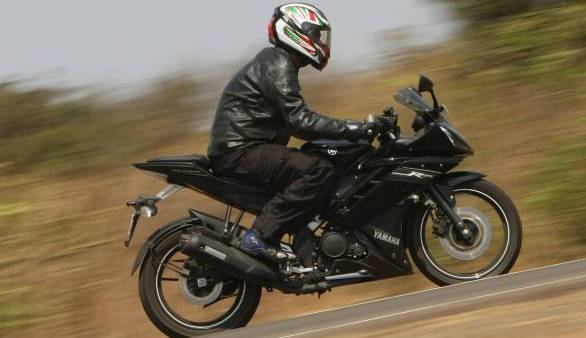
But while the quality levels are today unbelievable, a lot of people are scared to enjoy their vehicles. Worse, that might actually mean you're harming your vehicle while trying to keep it safe and reliable.
Today's motorcycles and scooters are vastly better made and tremendously more capable. So should the defining rules of owning them change as well? Should you not be able to enjoy the fruits of all the years of development and technological progress? Here is how to make the most of your vehicle.
The Yamaha YZF-R15 is a great example to illustrate this because it is a high-perfomance 150 that is quite frugal as well as extremely thrilling to ride depending on how you ride it. But before we dive into that, preventive maintenance is something we should think about. The first shift you need to make is to accept and embrace preventive maintenance and expand your idea of consumables.
It seems fairly obvious to everyone that an R15 without petrol won't run. It is less obvious that an R15 on worn tyres, with low or bad engine oil or a clogged air filter also won't run right. These are consumables just as much as petrol is and must be replenished. And replenished on a schedule which manufacturer usually provides in the users' manual for your benefit.
Next is the actual usage of the vehicle. A lot of people believe that longevity is linked directly to how hard you use the vehicle. There is some truth to this but it doesn't mean, in today's day and age, that you should pussyfoot around. In fact, as any engineer will tell you, the redline is there to protect the engine from too much revs, anything below that is actually safe for the engine. There isn't any point in buying a high-revving super sport R15 and then not using the revs.
So for bikes, do not be afraid to use all revs you've got. The manufacturer has already installed a rev limiter to ensure you cannot damage the engine by using too many revs. Learn the nature of the power at all parts of the rev band and use the gearbox to stay in the part you like most. Usually the bit between the peak torque and peak power feels the best.
Strangely enough even if you're riding for economy maximisation, the technique isn't dramatically different. You'd need to accelerate more gently and you clearly shouldn't be redlining the engine when hunting for economy but you'd still do well to cruise smoothly around the torque peak. You can run very low revs but having the engine lug and balk is neither fun nor that great for economy.
Similarly if you're riding a scooter like the Yamaha Ray, don't be afraid to use all the revs available when needed. Become sensitive to the point where on a steady, open throttle the engine's sound first stabilises and then starts to rise. On a CVT what happens is that the engine speed (revs) rises to its most efficient point and then the transmission alters gearing as speed rises. And after you reach the critical point where the gearing isn't enough to attain more speed, you'll hear the revs rise further.
When the engine sound starts to rise you're effectively making the choice in favour of speed over maximum combustion efficiency. Ride around this point, the point where you engine is at its most efficient, just before the revs rise and your scooter will return the best balance between performance and economy.
Overall, don't be afraid to use all of your engine's performance. That's what it is for. All it asks in return is that you take care of its consumables. Obviously, the best care for the motorcycle or scooter means going to the people who know the vehicle the best - the authorised service station who have access to training, to original parts and spares and immense experience in taking care of your vehicle. Outside of that keep an eye on your tyres. Replace them when necessary so that they can dance in step with your high-tech, enjoyable engine and chassis.
Think of it as a house. You don't buy a three-bedroom house and then keep two of them locked away for the sake of longevity, right?
Starts Rs 1,02,700
149cc
5-Speed
12.40
13.60
-NA-
Starts Rs 50,817
-NA-
-Speed
-NA-
-NA-
-NA-
Starts Rs 20,39,233
998cc
6-Speed
200.00
112.40
-NA-
